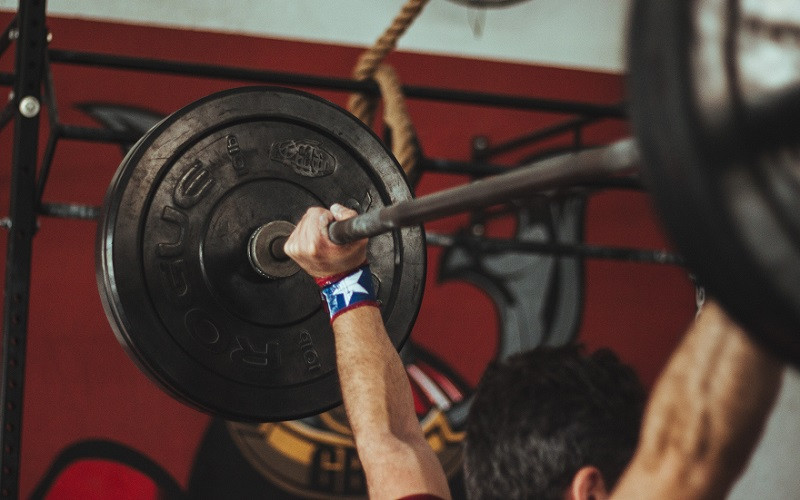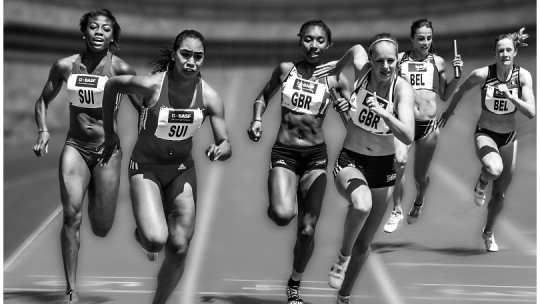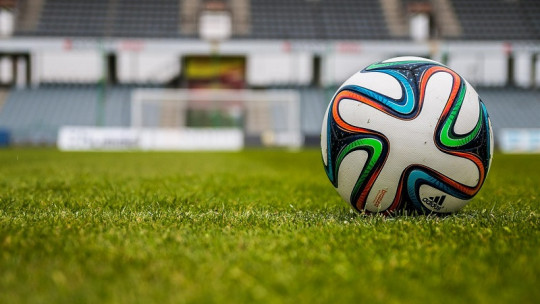The practice of physical exercise produces both psychological and physical benefits. But, in some cases, doing sports can also be counterproductive because anything taken to the extreme can be harmful.
Addiction to physical exercise is one of those phenomena that has caught the attention of psychologists, but so has the Staleness either Overtraining Syndrome This syndrome has been observed more in athletes, although not exclusively in this profile, and it wears down both mental health and physical health. Let’s see what the characteristics of this problem are and how it affects people.
What is Overtraining Syndrome?
As its name indicates, Overtraining Syndrome is a set of symptoms, especially reflected in mental health, that occurs when a training strategy becomes dysfunctional due to its tendency towards excess.
Overtraining Syndrome causes a decrease in the athlete’s performance, but its most harmful effects go beyond the problems in reaching key objectives in any professional sports career, since it compromises the person’s health.
As we saw in the runnorexia article, Excessive physical exercise can lead some people to severe addiction In contrast, in other cases excessive physical training can lead to just the opposite, for example: feelings of fatigue, lethargy, loss of vigor, insomnia, depression, etc., and this is what happens in the Staleness.
Coupled with these symptoms, Overtraining Syndrome (SSE) is characterized by a decrease in the athlete’s performance, caused by stressors that are a consequence of excessive training and lack of adequate recovery to. Other non-sports stressors (social, work, economic, nutritional, etc.) also favor the appearance of this syndrome.
Overtraining Syndrome is associated with prolonged and/or excessive training and inadequate recovery.
The sports planning correct is very important because it allows the athlete to adjust to the General Adaptation SyndromeThat is, it allows the athlete’s body to adapt to training and the stimuli that cause stress (physical, biochemical or mental).
Therefore, good planning contributes to increasing sports performance, and The alternation between work and rest allows sufficient recovery and an improvement in the physical qualities of the individual
Overtraining Syndrome: Burnout of athletes
Any training session is likely to cause a state of (acute) fatigue, but notOr acute fatigue should be confused with Overtraining Syndrome which refers to chronic and generalized fatigue and, in addition, presents psychological symptoms, such as emotional fatigue, apathy or depression.
The mechanisms of acute fatigue depend on the duration and intensity of exercise, but when fatigue is prolonged, a serious decrease in sports performance occurs, accompanied by a set of physiological and psychological symptoms of exhaustion. In many cases, This can cause abandonment of sports practice

Some authors use the term in Burnout or “Be burned” (most used in the workplace) to talk about Staleness, since both are characterized by emotional exhaustion, depersonalization and reduced personal fulfillment.
Symptoms of Overtraining Syndrome
Many studies have been carried out to provide information on Overtraining Syndrome, and it has been concluded that the symptoms described so far vary depending on the subject.
However, the American Physical Therapy Association (American Physical Therapy Association) has established a series of symptoms that frequently occur when an individual suffers from Staleness It is important to note that not all of them will necessarily appear. The symptoms of Overtraining Syndrome are the following:
The importance of psychological indicators in the diagnosis
For both psychopathology and sports psychology, Stanleness arouses a lot of interest. Psychological indicators turn out to be very important for diagnosis.
Previously, apart from the decline in sports performance, other physiological variables had been suggested as possible markers of this syndrome , for example decreases in heart pressure or increases in cortisol levels. These markers, however, have not been shown to be reliable markers.
Over time, experts have realized that the best indicators for this syndrome are psychological or psychophysiological ones. A very useful and widely used tool in the world of sports and physical training is the “Profile of Mood States (POMS)”.
A questionnaire that evaluates the following emotional states: tension, depression, anger, vigor, fatigue and confusion. The normal population usually scores lower on negative emotions (confusion, fatigue, etc.) and higher on positive emotions (vigor). This is known as the “iceberg profile.” On the contrary, people with SSE score inversely.
Unlike physiological markers, the POMS tool is cheaper, the scores are easy to obtain, and its determination is non-invasive. Hence It becomes an ideal tool for the diagnosis of Staleness
Causes and consequences for the SSE body
Due to the complexity of this phenomenon, focusing only on physiological factors would represent a bias regarding this condition. The causes of Staleness and the damage it causes to the body are still not entirely clear
Neurological factors
According to the Armstrong and Van Hees model, the hypothalamus appears to have an important function since it would activate both the Sympathetic-adrenomuscular axis (SAM) which involves the sympathetic branch of the autonomic nervous system, and the Hypothalamic-pituitary-adrenocortical axis (HPA). It is not the objective of this article to explain this model, as it can be quite complex.
Now, as an idea, it is important to understand that Neurotransmitters would play an important role in this syndrome For example, serotonin, which seems to play a very important role in Staleness.
Psychological and physiological factors
Regarding the body’s immune response, another complementary model seems to indicate that due to excessive training, lack of rest and other factors that favor the appearance of the syndrome (for example psychosocial stress or psychological problems of the individual), what is known as “Cytosine model of Smith.
This model states that excessive and prolonged training combined with other causes, would increase the number of cytokines resulting from trauma to skeletal muscle, bone and joints caused by overtraining. These changes are related to a depression in immune function and may put the individual at greater risk of experiencing infections and diseases.
Treatment of Overtraining Syndrome
Treatment should be used on the different symptoms that the patient presents, and usually begins with the physical aspect, treating the physiological symptoms. Once the physiological symptoms have been treated, Psychological symptoms can be addressed, which require the presence of a psychologist Regaining control over sleep hygiene and a proper diet are also very important.
Regarding physical training, and although some specialists propose the total suspension of physical exercise, adequate regulation of it seems to be more effective and not total suspension. From the outset, It is important to work on regenerative resistance, through swimming, cycling or jogging Gradually, the volume and intensity must be increased, and there must be an adequate relationship between the progressive training load and recovery.









